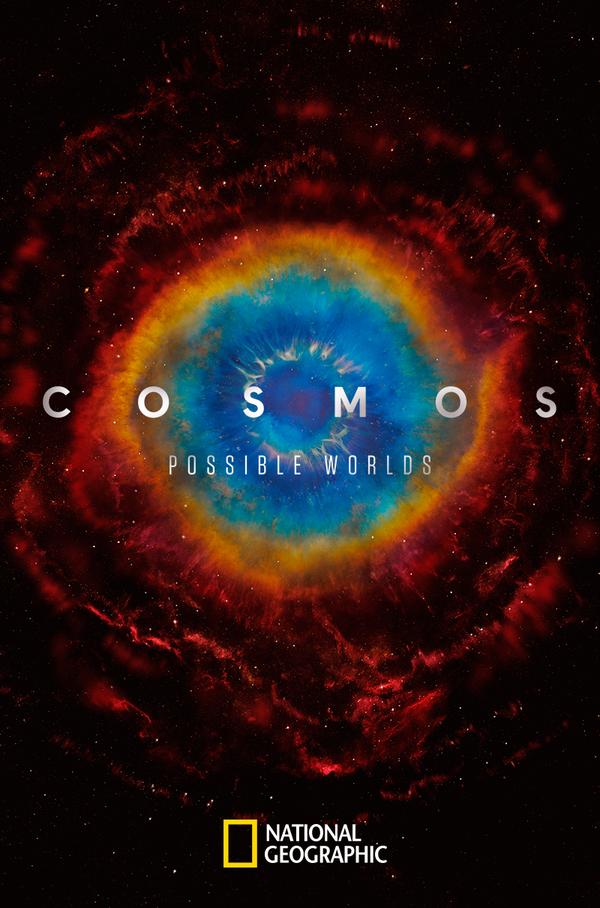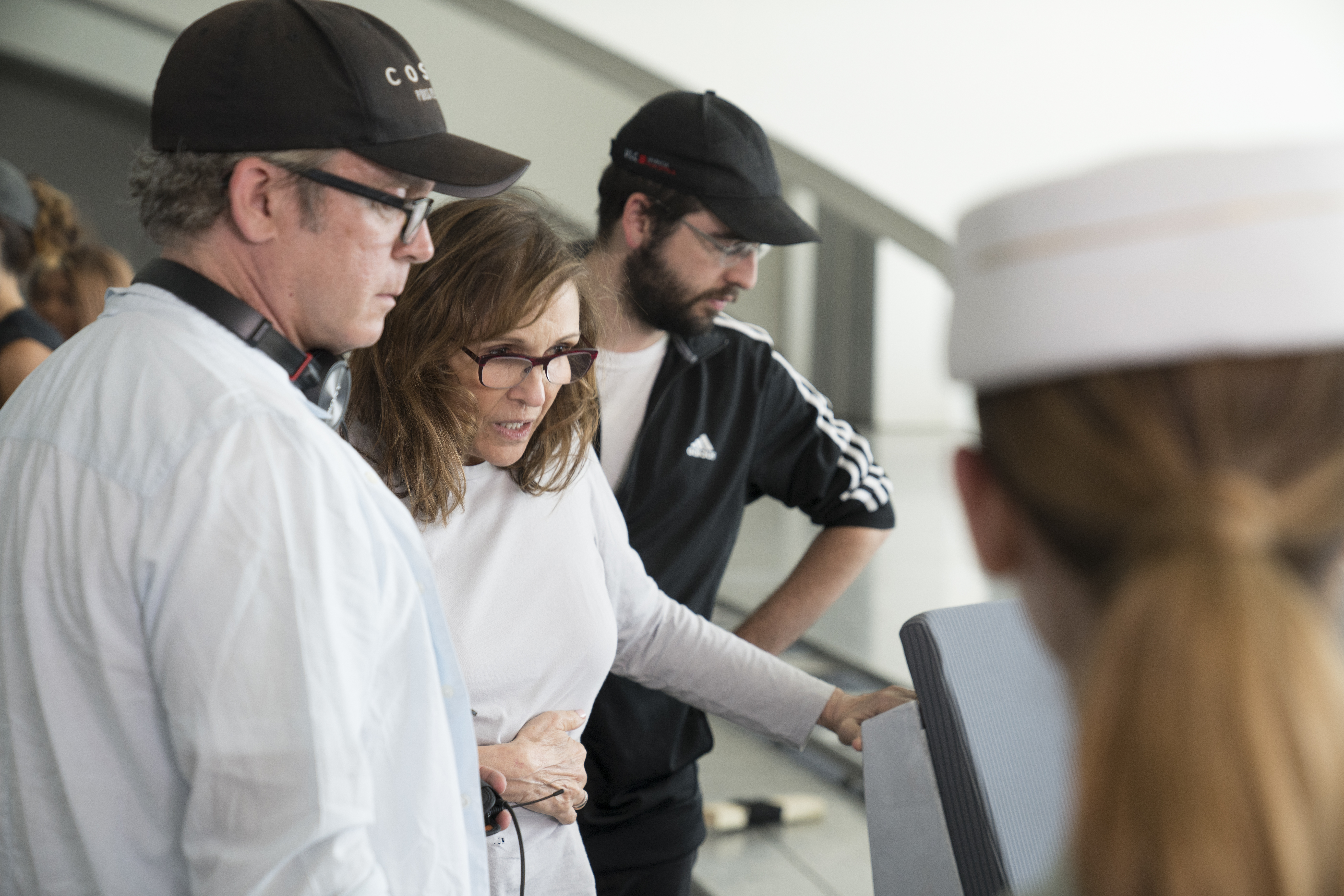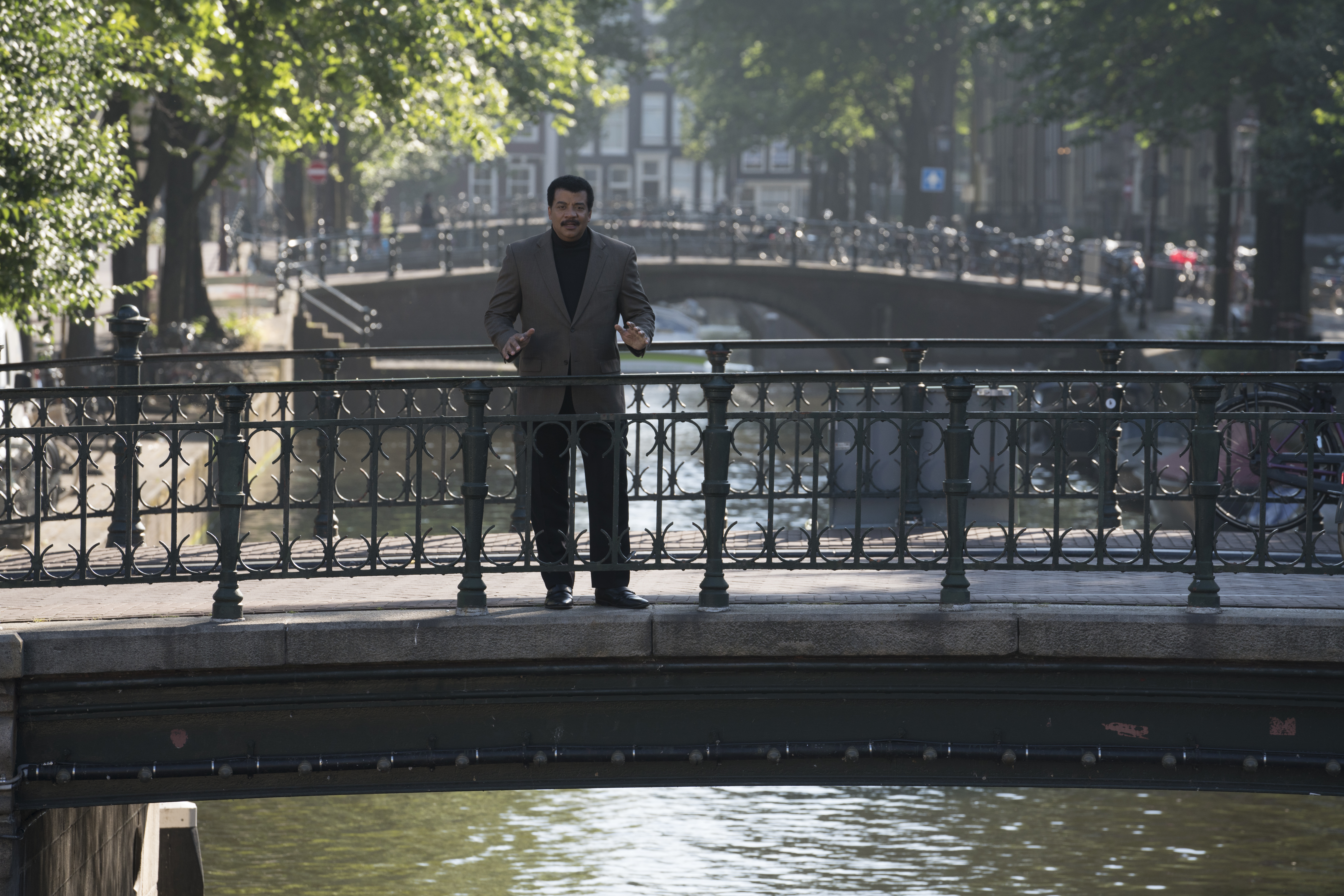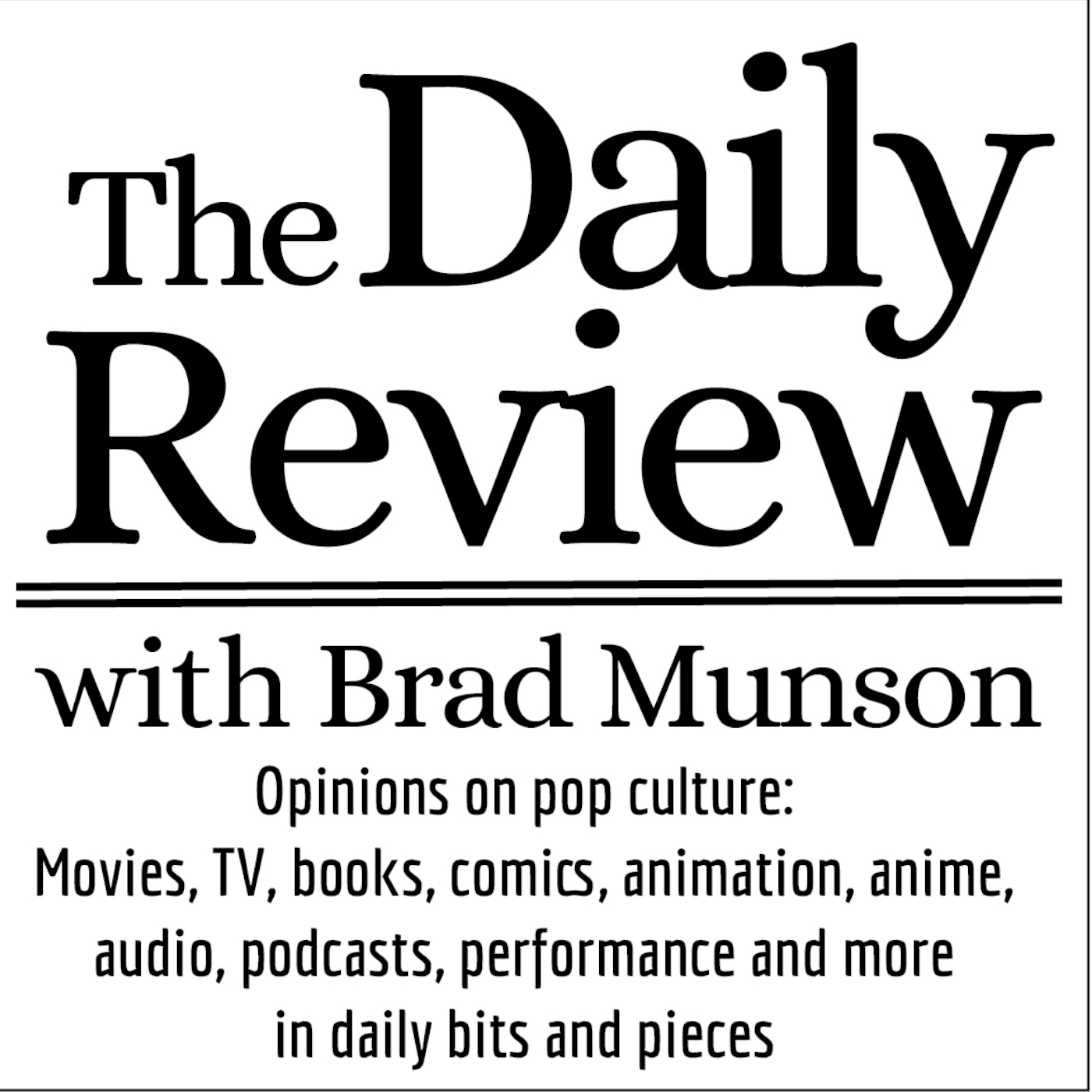 For 131 years, National Geographic has been at the forefront of groundbreaking exploration and adventure, transporting people through awe-inspiring, impactful storytelling.
For 131 years, National Geographic has been at the forefront of groundbreaking exploration and adventure, transporting people through awe-inspiring, impactful storytelling.
At this years Natgeo 2020 winter TCA (Television Critics Association), we got a chance to catch up we the folks bringing us the NEW COSMOS: Possible Worlds with Neil deGrasse Tyson (host and series executive science editor), Ann Druyan (Creator, executive producer, writer and director), and Jason Clark (executive producer).
I grew up watching Carl Sagan’s COSMOS series, even had the book. So, prior to the roundtable, the geek in me nearly watched all thirteen episodes, cause I wanted to be prepped for our question and answer day. Click on the audio box to listen in on the conversation.

Executive Producers Brannon Braga and Anne Druyan, and Co-producer Sam Sagan on set. (Dan Smith/FOX)
Synopsis: In the vastness of time and the immensity of space, the number of worlds to explore and stories to tell are virtually infinite. The most-watched, highly anticipated science show on the planet—COSMOS—returns this March for the newest season with COSMOS: POSSIBLE WORLDS. Continuing the legacy she began with Carl Sagan 40 years ago and the brainchild of creator, executive producer, director and writer Ann Druyan, this 13-episode season is a triumphant voyage through humanity’s past, present and future, taking viewers to previously uncharted territories and turning complex themes of science and exploration into a mind-blowing adventure beyond the realms of the imagination. Approximately 13.8 billion years in the making—the age of the universe—COSMOS: POSSIBLE WORLDS, hosted by astrophysicist Neil deGrasse Tyson, is a wonder-filled odyssey that maps a hopeful vision of our future. The episodes integrate state-of-the-art VFX, stylized animation and dramatic reenactments to carry viewers deep into the future and through that hole in the curtain of reality, thanks to Jeff Okun, VFX supervisor.
Cosmos: Possible Worlds premieres on National Geographic on March 9. — A.O.










